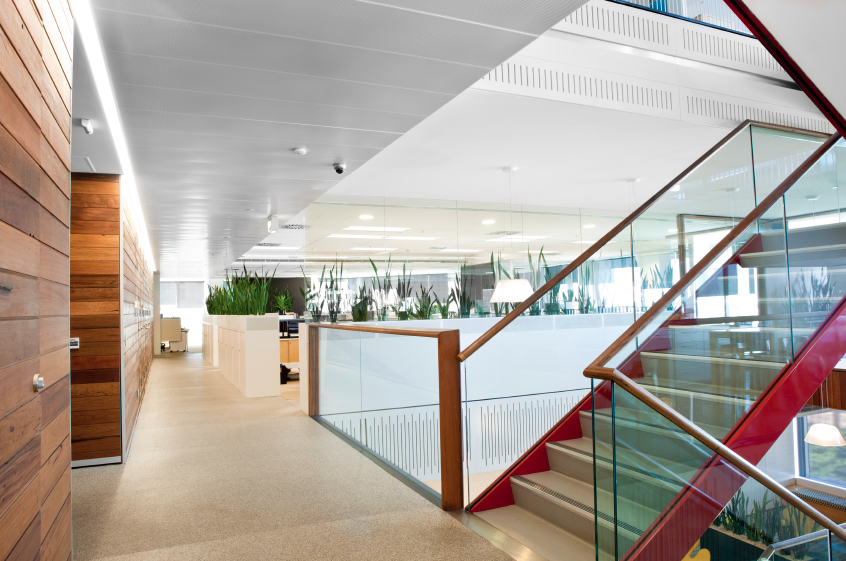Smarter buildings and communities start with smarter marketing and communications. Which words do you choose – smart, green, profitable, eco, resilient, healthy, clean, high tech, cool, secure, fun? Whether we like it or not, we are all in sales and this kind of messaging matters.
These topics came up during my conference panel at the recent North Carolina Cleantech Summit. The keynote speaker was General Wesley Clark, and our panel of experts included Kris Bowring of Lowe’s Companies, John Petze of SkyFoundry, and Chad Harrell of Lend Lease.
Our discussion highlighted trends such as the growth in home energy management systems, which are expected to surpass 40 million homes globally by 2020, as well as the expansion of commercial energy management systems, which are projected to grow 4x by 2024.
We also highlighted solutions to barriers such as upfront capital costs or split incentives. These included PACE financing, green leases, and green bonds. Finally, we touched on cutting-edge innovations in biomimetic design, based on the intelligence of nature’s 3.8 billion years of R&D.
Looking back, here are four ways that stand out when it comes to make the business case for a smarter built environment:
- Be resilient, safe, and secure – Whether it’s being able to operate a building when the grid goes down, or to weather severe storms with buildings intact, smarter buildings are more durable and allow “passive survivability.” Based on my executive leadership with US military leaders at the Institute for Defense and Business, I can tell you that this is something everybody can get behind. Moreover, the number of extreme storms and droughts has increased 2x globally in the last 30 years, amounting to billions of dollars in damage. The importance of resilience is only going to increase in the years ahead.
- Be profitable – Whether it’s the Nest thermostat cutting HVAC bills by 20%, or third-party solar financing by groups, like Sungevity or OneRoof Energy, reducing electricity costs by about 20% starting in the first month, smarter buildings save and make more money than code-compliant comparables.
- Be superhuman – Whether you’re talking about big data coming from a home, a large office building, a campus, a community, or a city, there is far too much data to find, track, and act upon. In fact, most information is not captured at all, and when it is collected, it’s difficult to digest. However, with new technologies and algorithms, our constraints are being removed, and we’re able to act on insights that often go ignored. I saw this same challenge and opportunity in private equity so I created my own company g-bit, the green business informatics tool, to help businesses manage information overload and make better data-based decisions in green building and clean energy.
- Be cool – Whether you’re talking about stronger adhesives based on gecko feet, germ-free surfaces based on shark skin morphology, HVAC-free buildings based on termite mounds, or the ability to turn off lights from your smart phone thousands of miles away, smart buildings create a “wow” factor. In a world where the average attention span is eight seconds, we need every tool we can find to get people focused on what matters in their real estate decisions and why.
So how might you change your pitch the next time you’re promoting a green building or clean energy project?

